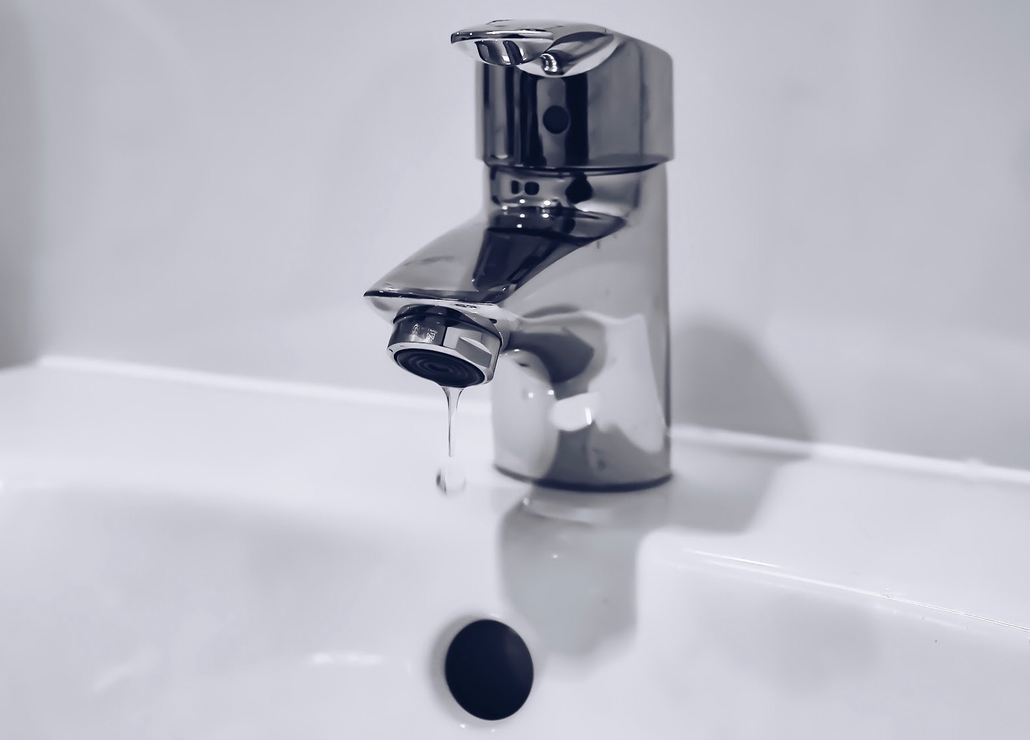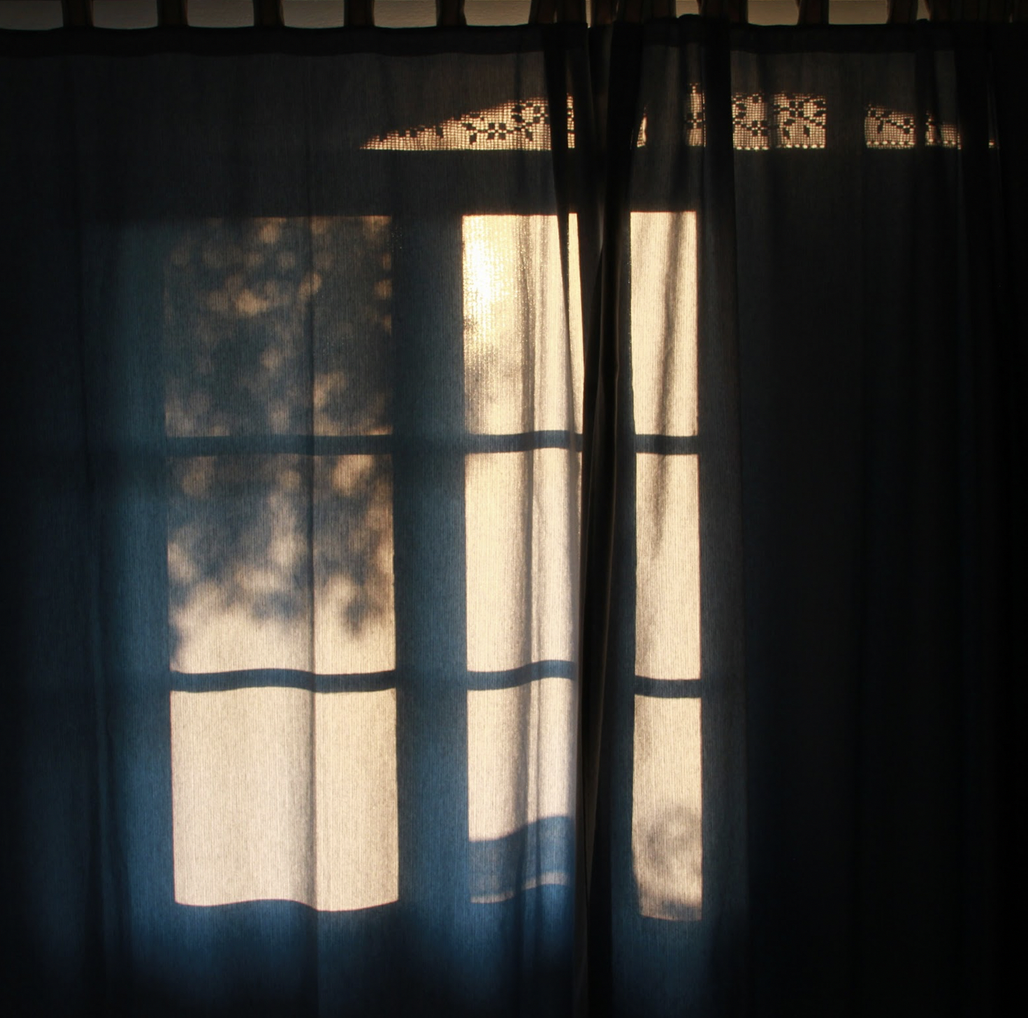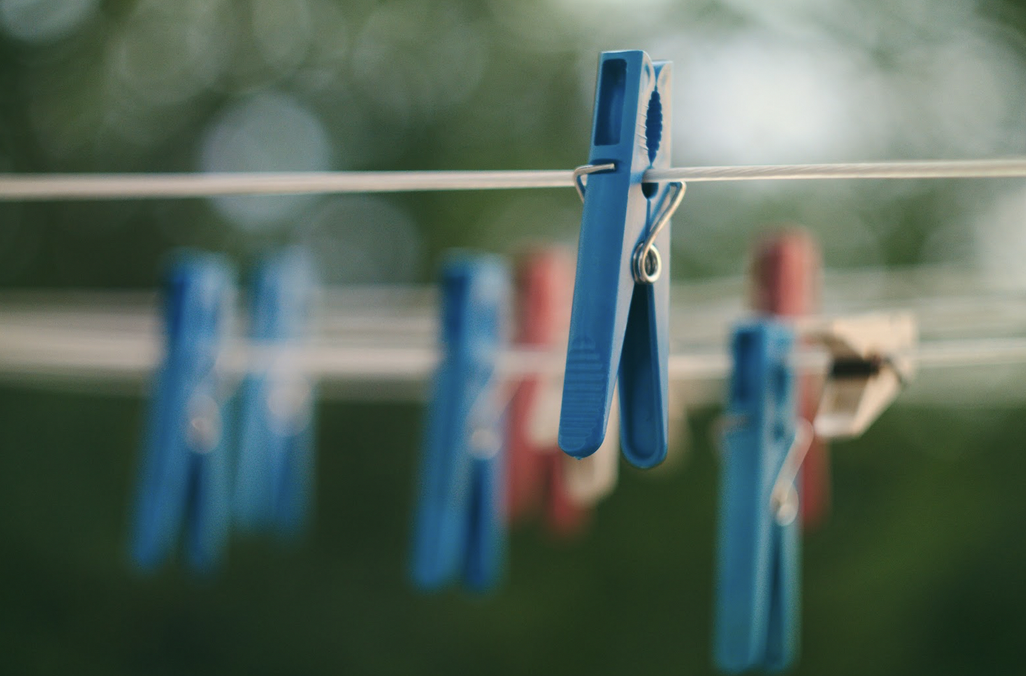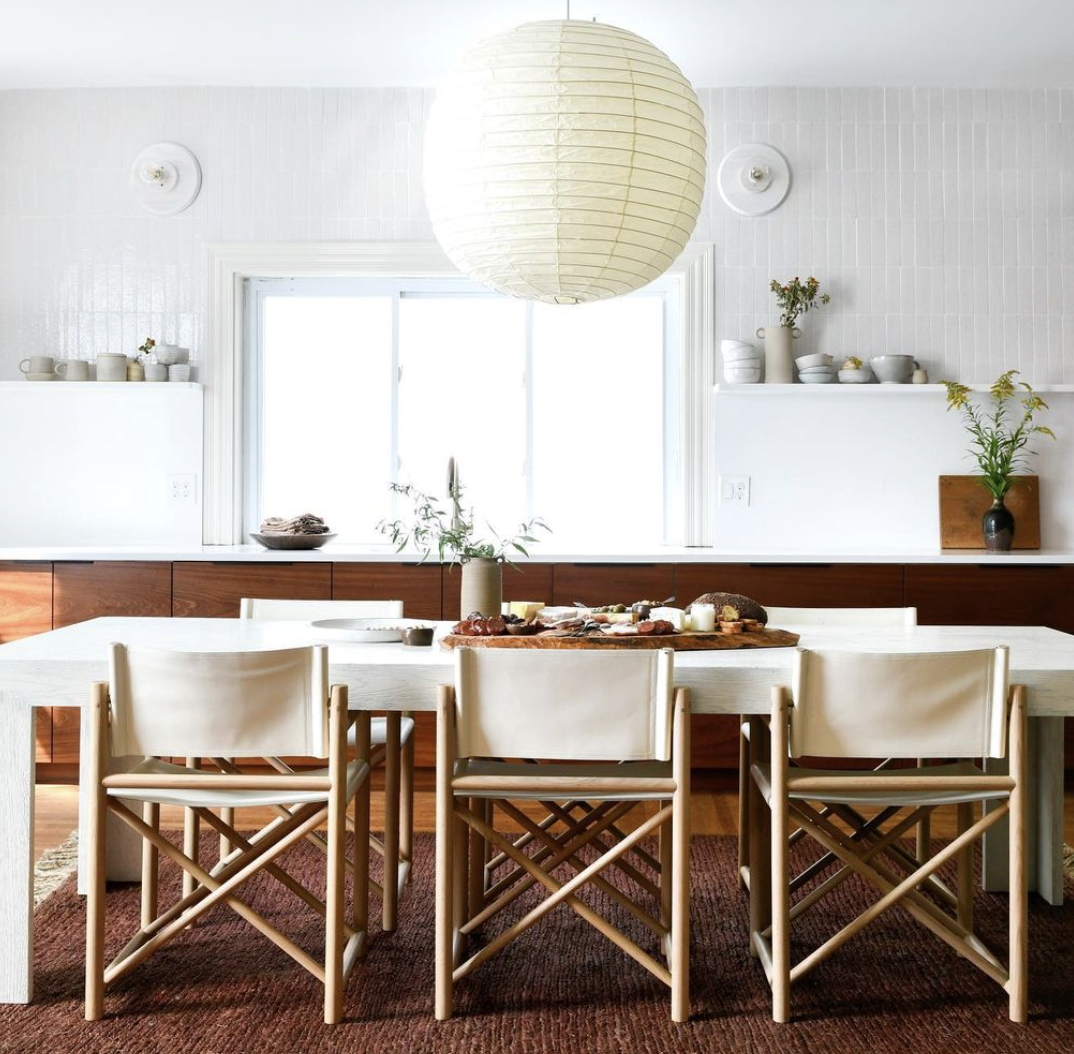Looking to “green” your home? Check out these simple ways to tackle energy usage (and the subsequent power bills) without making room for a single geothermal heat pump.
Repair leaky faucets

It’s the little things that get you. So before you dismiss that drip-drip-drip, consider that the average leaky faucet (about 10 drips per minute) ends up wasting roughly 350 gallons per year. That’s about $20 every month extra on your bill. But multiple cracks in the plumbing can wind up costing several times that. Similarly, a leaking toilet can add about $150 to your monthly water bill. Given this, calling the plumber starts to sound like the cheaper, more appealing option.
Throw some shade

Whether it’s baking your face on the beach or streaming in through your windows, manage your sunlight exposure. When it’s summer, draw the drapes and snap shut the blinds, especially when nobody is home. (The same logic applies in the winter when adding curtains can ensure heat doesn’t escape.) When you have the sunlight situation under control, caulk the windows and survey for drafts. If you feel one, it’s likely that cracks around the frame are to blame.
Pull the plug

All appliances generate heat, so keep them off until needed. For example, don’t run the dryer or dishwasher until after dark, preferably overnight. And if you want to cook, the grill on your patio or in your yard is preferable to the kitchen stove. (Cooling and heating are responsible for about half of a home’s energy use, followed by the water heater, the washer and dryer, and the lights.) Also, consider pulling the plugs on the notorious, so-called “vampire electronics,” which continue to gobble power even when seemingly switched off. These include everything from laptops and routers to gaming consoles and microwaves too, of course, televisions.
Hang them out to dry

No one is suggesting you break out your great-great-grandma’s washboard and start scrubbing away, but how you clean your clothes contributes greatly to how much power and water your home uses. (The washer and dryer combined account for about 13% of a home’s energy consumption.) Whenever possible, wash your clothes in cold water and hang them to dry, avoiding the dryer altogether. That simple choice can both reduce your bills and bolster the environment. Similarly, try to only wash full loads to maximize water usage.
Plant south-facing tree

This is an obvious one: planting trees can help make your property more environmentally friendly. Just make sure to plant them on the south side. The leafy barrier will keep your home cool during the summer by providing a barrier to direct sunlight. And during the winter, it will let your home’s interior retain warmth. Plus, your landscaping will look better for it.
